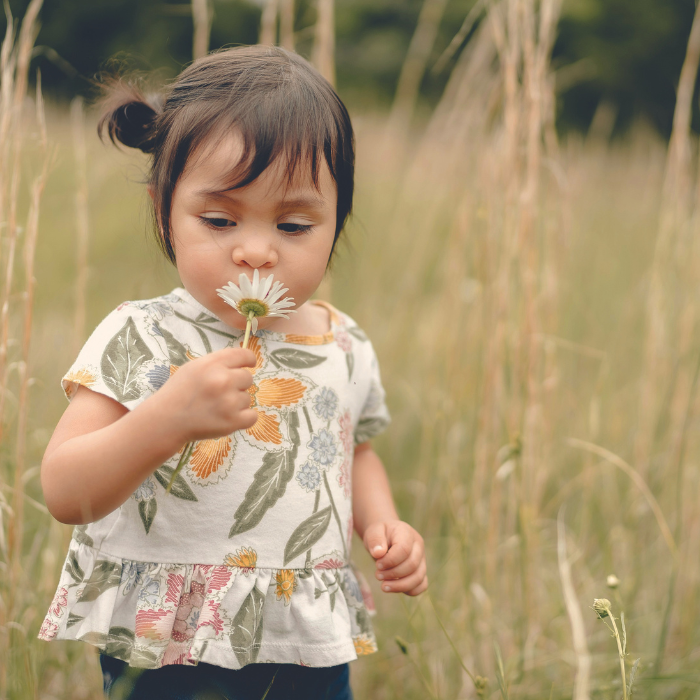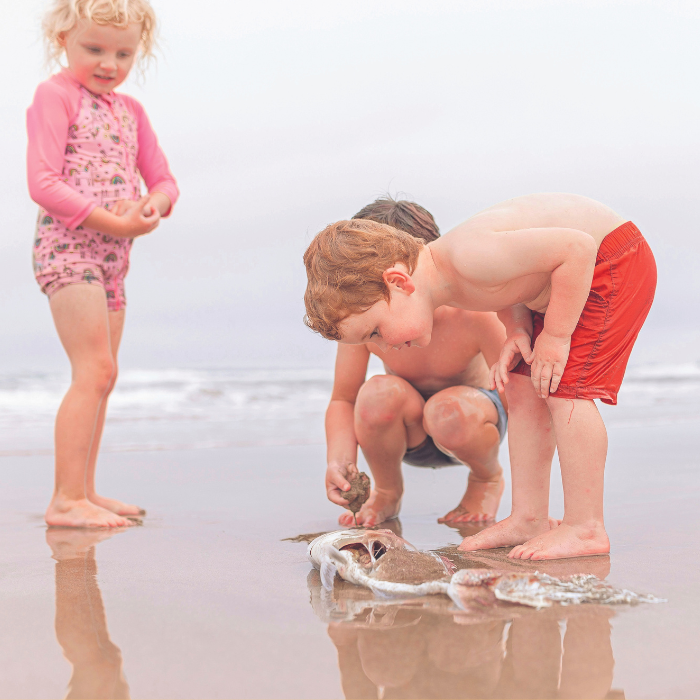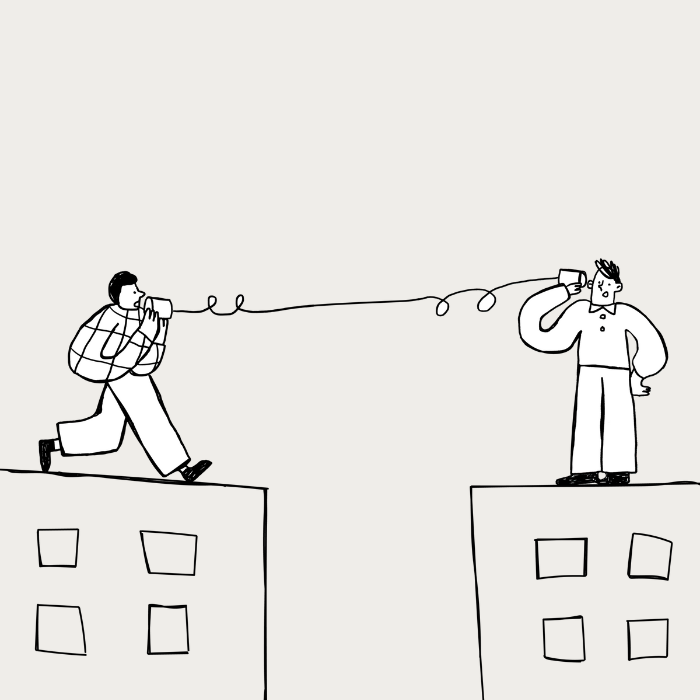
Losing a loved one is one of the hardest things to bear. And grieving is an important part of accepting that a loved one has died, dealing with difficult feelings, and saying goodbye. Here are some ways to include the child as a recognised mourner and work through grief together.
Death is a natural part of life and it will touch all children at some stage or other. In many cases, a grandparent or close elderly relative will be a child’s first experience with the concept and reality of death. It is also very likely that the death of an elderly relative will be the first funeral they ever attend. This can be tough for anybody, but if your child is old enough, they will understand that the Batesville casket their relative may be resting in (click here to learn more), the flowers that have been chosen to lay alongside it, have all been chosen to celebrate their life. Whilst it can be sad, it is a time to remember all the wonderful memories you had with your loved ones, and this will be important when it comes to mourning them. How any child grieves will depend on many things including age, gender, their developmental stage and the ways in which they normally cope with stress and anxiety.
Skylight is a charitable trust, set up to provide support and information for families dealing with grief. According to Tricia Hendry, Skylight’s Information and Resource Centre manager, one of the questions they are asked most is how to tell a child bad news. Firstly, she emphasises, it is important to never avoid telling them and risk them hearing the news from someone else. As your child’s main point of emotional stability, you should be the one to tell them. Children are highly intuitive and sensitive to the emotions of their loved ones and, older children especially, will realise something is going on.
Choose a quiet place where they will feel safe and you won’t be interrupted. Be honest. If you don’t know the answer to a question, or you can’t explain something, say so. Be sure to use words the child will understand. It is really important to be clear in what you are trying to tell your child. Avoid cliches or euphemisms (such as “Grandad’s watching over you” or “Mummy’s lost Grandma” ), as this can hinder the grief process.
This approach of clarity, truthfulness and gentleness is also emphasised by Dr Robin Goodman, a psychologist and art therapist who worked with the children of the 9/11 World Trade Centre victims. In her book The Day Our World Changed: Children’s Art of 9/11′, she explains that not all kids do well with lots of details. “Think of it as an open discussion, not a lecture,” Dr. Goodman says. “Start with some basics to open the discussion, then find out what they know and think, which will lead you to how much they need to know and any incorrect information they may have.”
Skylight also suggests trying not to place too much emphasis on this initial breaking of “the news” . The initial shock might be enormous and it is not uncommon, especially in younger children, for them to become distracted or start playing with their toys. The news will eventually sink in. Allow them to come back to you at any time and ask more questions.
After the initial telling of bad news comes grief, as you and your child begin to make sense of a life without your loved one in it. How a child comes to this grief, and comes through it, will depend on many things. The age of your child has a lot to do with their processing of information and understanding of what is going on.
babies and toddlers
Little ones won’t have an understanding of death, nor the language to say how they are feeling. However, they can definitely experience feelings of loss and separation. They are also likely to pick up on the anxiety or distress of close adults or others around them.
Common reactions include:
- Looking for the person who has died
- Increased anxiety
- Crying or being overly clingy
- Being less active
- Decreased appetite and possible weight loss.
Skylight recommends keeping routines as normal as possible for this age group. If the child is more clingy than normal, take extra time cuddling and reading stories with them. The increased physical touch will be incredibly soothing for them. They may also develop an attachment to an object around this time such as a cuddly blanket or teddy. Allow for this and keep their comfort item close by.
preschoolers
This age group can take in the initial information, but are unable to understand the permanence of death. They are also at the stage of magical thinking, for instance thinking they can bring someone back to life, or thinking they made somebody die. They do understand separation though, and will feel insecure or frightened when things around them change.
Common reactions include:
- Clinginess
- Regression in behaviours such as reverting to crawling, wanting a bottle
- Regression in toileting
- Fretfulness.
Preschool children need a lot of reassurance that they are safe and that they will be looked after. Try to keep routines stable and tell them that you know they are sad and that it is okay to feel sad. They will need a lot of validation, and much of the potential regressions in behaviour will eventually come right with constant reassurance.
ages 5- to 8-years
These children are still learning about the concept of death and can become confused with it. They may think the deceased person can come back to life if they are good enough, or that the dead person can feel things such as hunger, cold or loneliness.
Common reactions include:
- Blaming themselves
- Becoming anxious
- Increased concern for the safety of themselves and others
- Regression in toileting or speech
- Being scared of the dark
- Withdrawal.
Helpful strategies for this age group include frequently reassuring them that they are safe and who is looking after them. Try to keep routines and normal activities, such as soccer or music lessons, going as much as possible. Allow questions and provide honest answers. Begin to explain death as a part of life and talk about it as a process. You could plant a tree to explain growth.
ages 8- to 12-years
All of the above relate to this age group, but it is also important to be aware that by this age, children know death is final. This can mean the profound sadness of death is more immediate than with younger children. They are also more aware of how adults and others around them are reacting to death.
Common reactions include:
- Anxiety over the safety of other loved ones.
- They may try especially hard to please adults and not worry them. This can halt their grief process.
- Feel stronger emotional reactions such as rejection, anger, worry.
- This age group may also fixate on what has happened and ask a lot of questions about the details of the event.
- They may also try to take on extra responsibility to please others.
They need all the same strategies as younger children, plus time to talk with you and other adults honestly. They also need regular reassurance and physical touch, and to know that you understand their grief.
Remember, while there are common reactions to grief, one person’s experience is different from others. This is true of adults and children alike. Both Goodman and Skylight advise that grief may not be instant, and changes to your child’s behaviour may pop up months after the death of your loved one. Similarly, children can experience grief for life events that do not involve the death of a loved one. These can include divorce, changing schools or the death of a pet.
expressions of grief
Linda Goldman, in her interactive storybook Children Also Grieve, makes the following suggestions for helping children express their grief:
- Looking at family photos to allow the expression of memories
- Allowing children to tell their story over and over again (writing, role-playing, re-enactment might all help)
- Encouraging projects such as a Memory Book or
Box which is a collection of feelings and thoughts conveyed through artwork, poetry and storytelling - Encouraging letter-writing and drawing as a means of expressing feelings
- Creating rituals, such as baking a favourite recipe or singing a favourite song of the loved one.
recommended reading
- Children Also Grieve: Talking about Death and Healing by Linda Goldman
- It’s Ok to be Sad: Activities to Help Children
Aged 4-9 to Manage Loss, Grief or Bereavement (Lucky Duck Books) by Margaret Collins - Someone Very Important Has Just Died: Immediate Help for People Caring for Children of All Ages at the Time of a Close Bereavement by Mary Turner
- Without You: Children and Young People Growing
Up with Loss and Its Effects by Tamar Granot
Hannah Denton is a news journalist who lives in Auckland with her husband and two young sons.
More On Mental Wellness From Tots to Teens:








